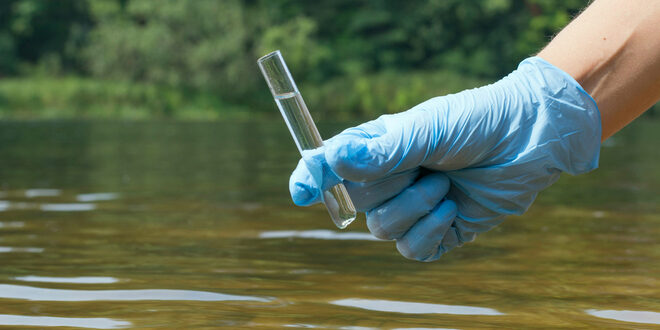The State Water Resources Control Board has approved a comprehensive plan to ensure lab testing and analysis for toxicity in waterways are completed using the same protocols and standards statewide.
The plan, called the Aquatic Toxicity Provisions, makes important and targeted changes to activities at the State Water Board and nine Regional Water Boards by implementing the following:
- Consistent statewide water quality objectives for acute and chronic aquatic toxicity
- A program to control aquatic toxicity discharges to waterways
- A framework for monitoring waters for aquatic toxicity
- A statewide statistical approach to analyze results
“These important new measures have been a long time coming and should give the public confidence that the State Water Board is committed to protecting aquatic life from potentially toxic waters,” said Board Chair E. Joaquin Esquivel. “As we take a comprehensive approach, it is crucial that we are not only consistent throughout California, but transparent in how we determine the health and safety of our waterways.”
Although the statewide objective is that all waters be maintained free of toxic substances that harm aquatic life, the regional water quality control boards have applied different interpretations in how they, and the dischargers they regulate, go about it. The new Aquatic Toxicity Provisions standardizes the methods statewide for consistent protection of aquatic life.
Aquatic toxicity – the measurement of water quality that determines whether water is safe for aquatic life – is most commonly assessed by having a selection of fish, insects plants or algae live in a targeted sample of water for a period of time and then measuring survival, growth or reproduction rates and comparing that data to a control group of the same organisms living in water predetermined to be safe. These tests are done in a laboratory setting – generally a pair of aquariums – and the water is deemed safe if the organisms in both aquariums perform similarly over the course of monitoring.
This kind of test has been used consistently since the 1980s when testing treated wastewater at wastewater treatment plants, before releasing the water into waterways. It has not, however been consistently applied to test the quality of water already in waterways. Other methods have also been available.
 California Water News Daily Your Source For Water News in California
California Water News Daily Your Source For Water News in California


